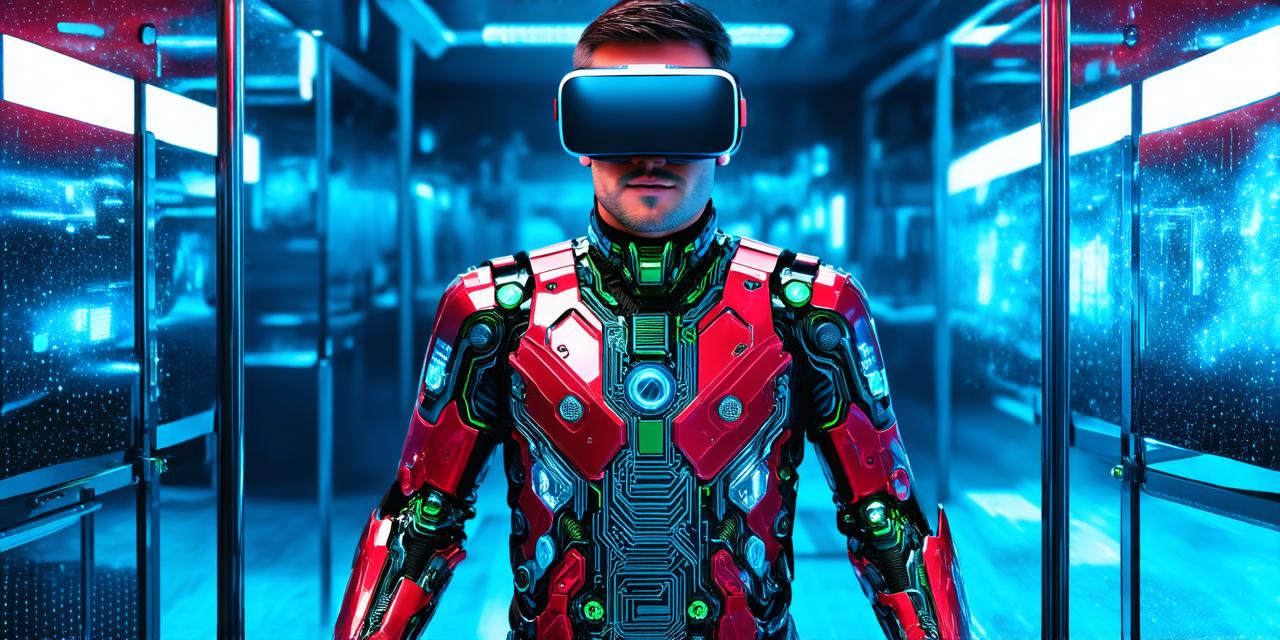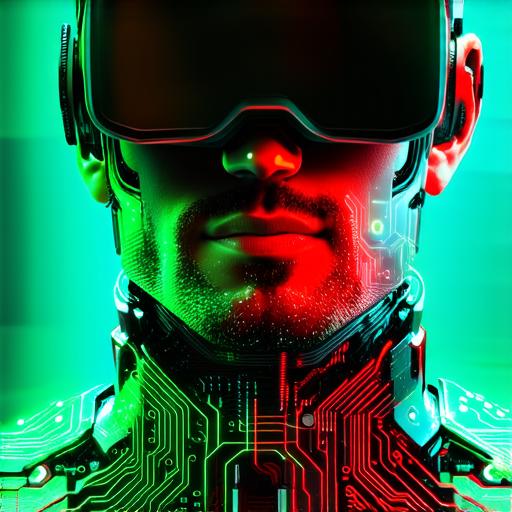
How are virtual reality and human perception interconnected?
Virtual Reality and Human Perception
Virtual reality (VR) technology is rapidly changing the way we experience the world. As a virtual reality developer, you may be wondering how VR and human perception interconnect. In this article, we’ll explore the connection between these two areas of study and see why it’s so important for VR developers to understand it.
The Science Behind Perception
Human perception is a complex process that involves the brain interpreting sensory input from our environment. The brain receives information from our senses, such as sight, sound, touch, taste, and smell, and processes this data in order to create a perception of the world around us. This perception is not always an accurate representation of reality, but rather a construct of our own minds.
The Science Behind Virtual Reality
Virtual reality technology works by creating an immersive experience that simulates the environment around us. When we put on a VR headset, for example, we are essentially tricking our brains into thinking that we are in a different world. The headset provides us with visual and auditory cues that create this illusion of reality.
How Virtual Reality Affects Perception
Now that we understand the basics of perception and virtual reality, let’s see how they interconnect. When we experience VR, our brains receive input from the sensors in the headset that creates an immersive environment. This environment is designed to mimic real-life situations as closely as possible, but there are always some differences between VR and reality.
For example, let’s say you’re using VR to train for a job that requires you to handle dangerous machinery. In real life, you would be wearing safety gear and working in a safe environment. However, when you’re in VR, you may not have access to all the necessary safety equipment or be in an ideal training environment. This can affect how your brain perceives the situation and how well you learn from it.
Another example is that VR can be used for therapy, such as treating anxiety disorders. In this case, VR creates a controlled environment where patients can face their fears in a safe way. The brain receives input from the sensors in the headset that creates a realistic simulation of the feared situation, and patients can learn to cope with it in a controlled environment. This can help them overcome their fear and improve their overall mental health.
Real-Life Examples of VR and Perception
One real-life example of how VR affects perception is the use of VR training for medical procedures. When doctors and nurses practice surgery in VR, they are able to simulate a real-life situation and receive feedback on their performance. This can improve their skills and reduce the risk of errors during actual surgeries.
Another example is the use of VR for gaming. In a video game, players may experience a sense of immersion that is not possible in real life. The visual and auditory cues provided by the game create a sense of presence that can be addictive and engaging. However, this can also lead to disorientation and motion sickness if the VR experience is not designed properly.
Comparing Virtual Reality and Perception

When we compare virtual reality to human perception, we can see that there are some similarities and differences between the two. Both involve the brain interpreting sensory input from our environment, but the way this information is presented can affect how we perceive it. Virtual reality provides us with a highly controlled environment that allows us to experience situations in a safe and immersive way. This can be beneficial for training and therapy, as well as for entertainment. However, the limitations of VR technology mean that there will always be some differences between VR and reality.


